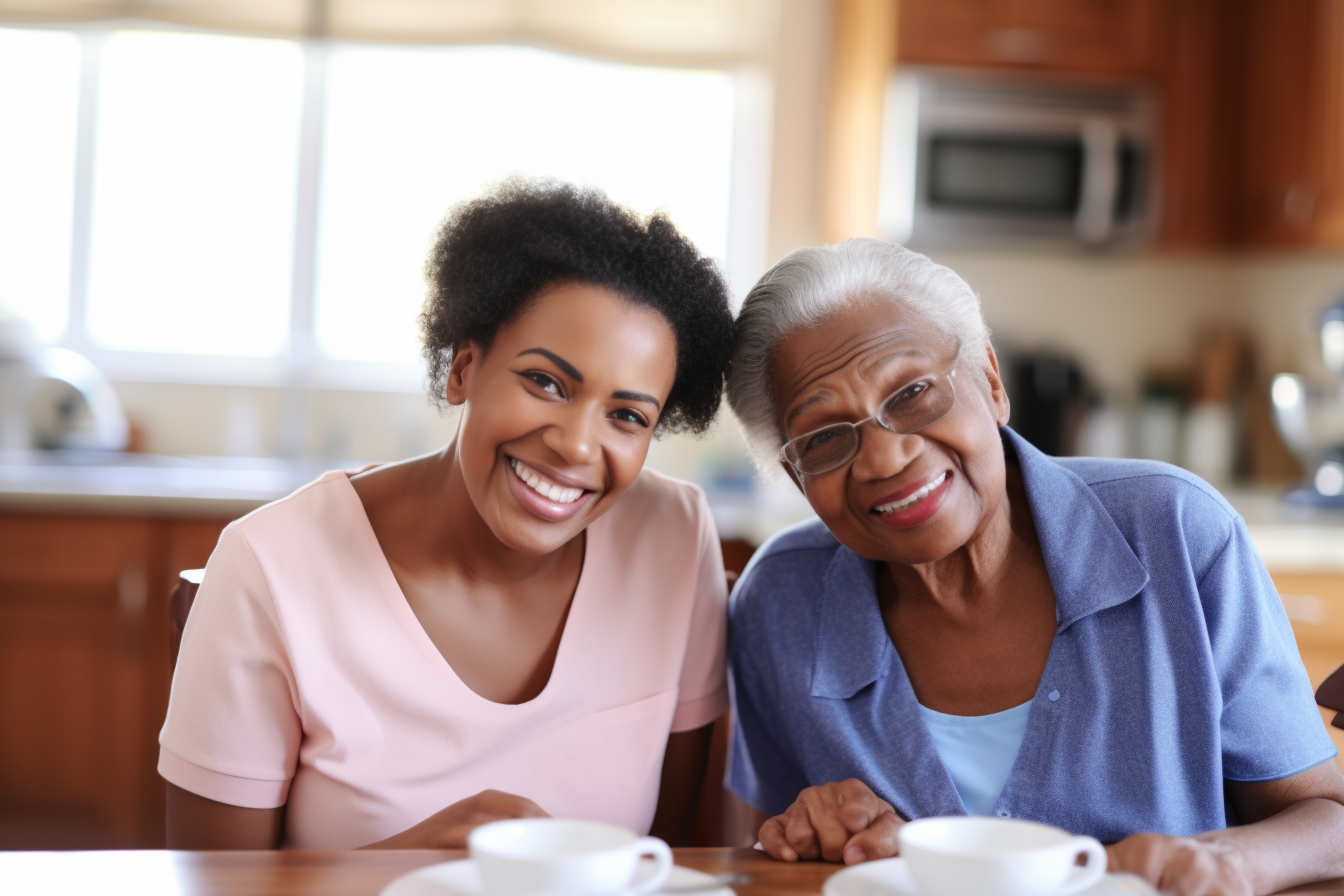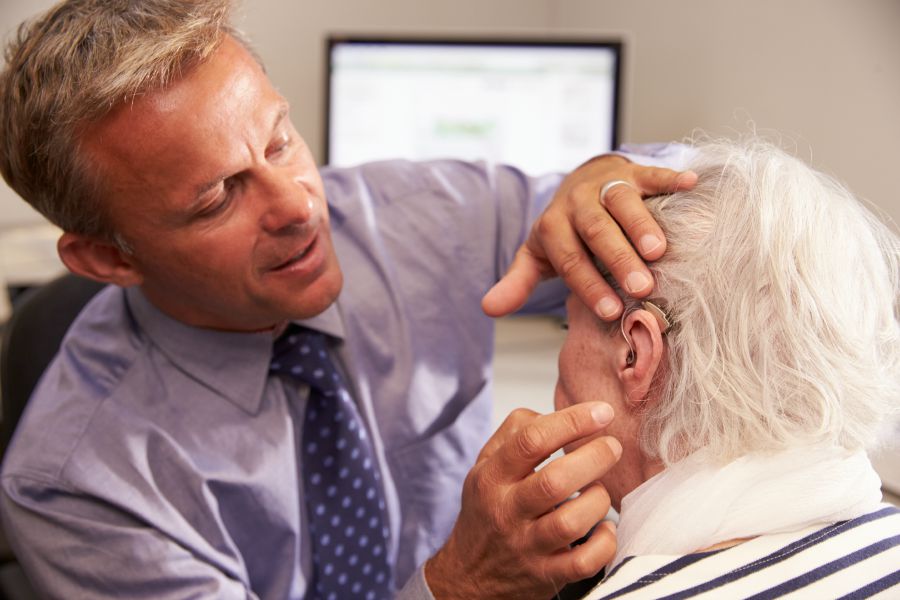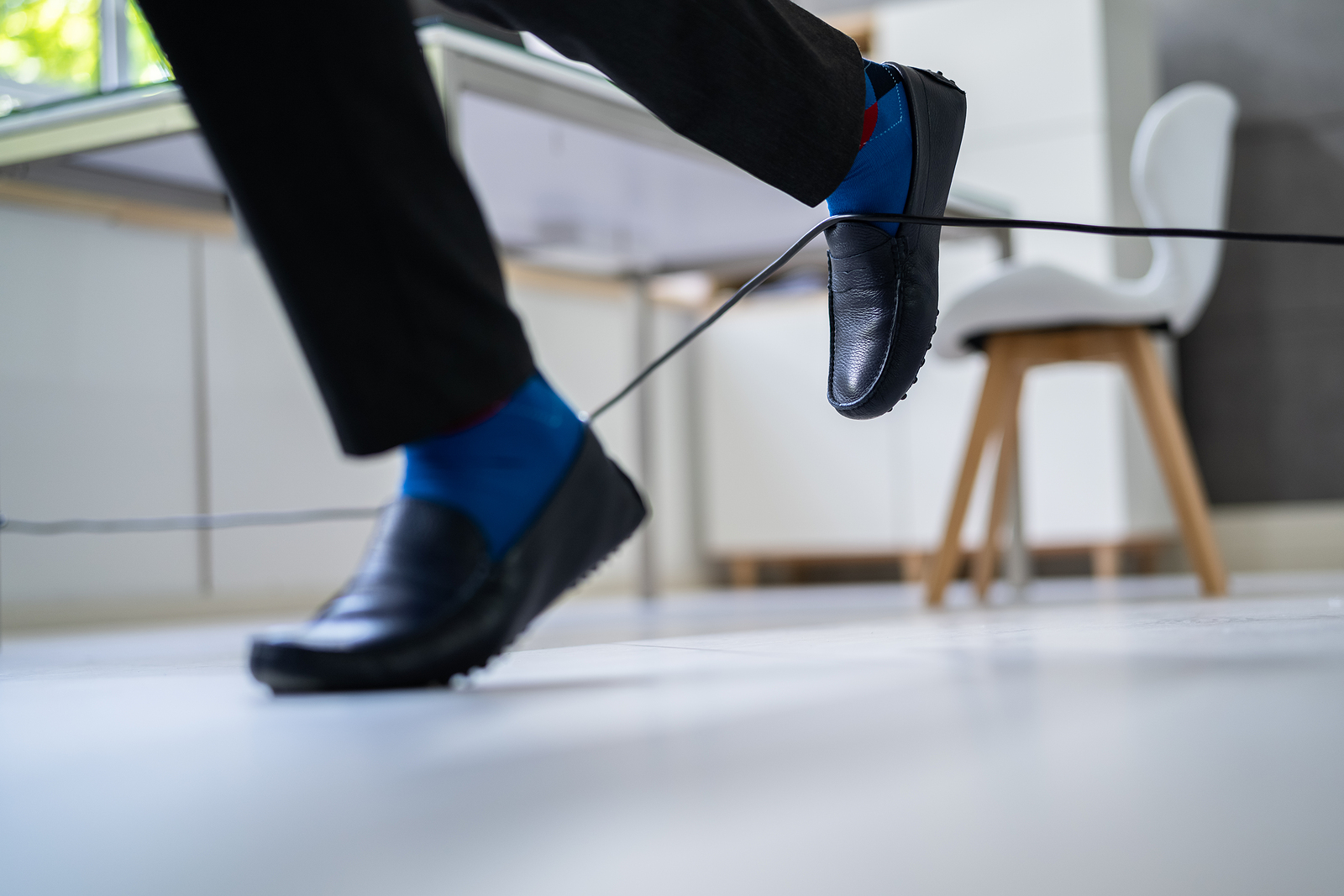How Can You Tell Your Senior Isn’t Drinking Enough Water?

Do you know how much water your senior is drinking? It’s possible that you don’t know to the ounce how much water your senior takes in every day, but there are ways for you to spot when she might not be getting enough hydration. It’s important to keep track of her water intake so that you can help her to make adjustments as needed and well before her health starts to suffer due to dehydration. Here are a few things to watch for and how home care assistance can help monitor her nutrition and hydration.
Her Skin Is Constantly Dry
Lots of people believe that dry skin needs to be treated first with lotions and creams. But the reality is that skin has to be hydrated from the inside out. If your elderly family member isn’t drinking enough water, her skin is likely to be extremely dry and could even be chapped. That can happen even if she’s putting lotion on every single day. Drinking more water can help faster than she might realize.
She’s Feeling Lightheaded
Feeling dizzy or lightheaded isn’t something that is normal or good for your senior. If she mentions that she’s feeling this way, it can mean that she’s experiencing any number of issues from dehydration to low blood pressure. The thing is, those two situations can be related because dehydration is a contributing factor for low blood pressure. Encourage your senior to sit down and to have a glass of water. If the lightheadedness doesn’t resolve, contact her doctor.
She’s Fatigued
Your senior’s body needs plenty of water to remove waste from cells and tissues and to support cells in making energy. If your elderly family member complains often that she’s tired, it could be because she’s not drinking nearly enough water. Check with her doctor to determine exactly how much water she should drink on a daily basis.
She Isn’t Going to the Bathroom
Another big sign of dehydration is that your elderly family member isn’t going to the bathroom as often as she should be. It’s normal for people to go to the bathroom anywhere from six to eight times a day, depending on how hydrated they are. If your elderly family member isn’t going nearly that often, she may not be getting enough water. Home care assistance can help you to keep track of how often your elderly family member is really going.
When She Does Go, Her Urine Is Dark
It might sound odd, but if your elderly family member mentions that her urine is dark, she’s definitely not getting enough water each day. Home care providers can help to remind her to drink more often, which can help to reduce other signs of dehydration as well. Keeping track of urine color is another way that home care assistance can help you to stay on top of what is happening with your senior’s water intake.
Among all the other details you might worry about as a family caregiver, your senior’s water intake is right up there on the top of the list. That’s because proper hydration makes a big difference in all sorts of health issues as well as with your senior’s overall well-being.
Subscribe
Date: August 19, 2022


